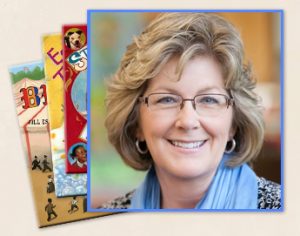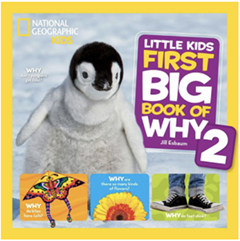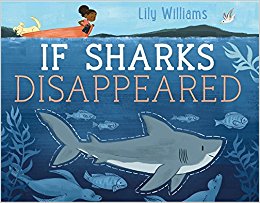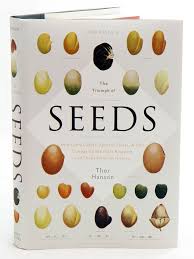 Picture books engage curiosity and set the stage for adventure and exploration. They allow children to think like scientists, asking questions and searching for answers. The best books teach the love of reading, but they also challenge us to connect with the world. National Geographic knows a thing or two about that, and so does Jill Esbaum.
Picture books engage curiosity and set the stage for adventure and exploration. They allow children to think like scientists, asking questions and searching for answers. The best books teach the love of reading, but they also challenge us to connect with the world. National Geographic knows a thing or two about that, and so does Jill Esbaum.
You’ve likely seen Jill’s books in libraries, schools, and stores. She’s an award-winning Iowa author who has published 13 fiction and 22 nonfiction books, including Tom’s Tweet, which was named the Iowa Goldfinch Award and I Am Cow, Hear Me Moo, which earned a Chrystal Kite Award. While being well-known for her gift of creating colorful characters, lively language, and perfect rhyme, Jill has turned her talents toward weaving facts into magical prose for National Geographic children’s books.
Jill recently stopped by the blog to talk about her work with National Geographic, including her book: Little Kids First Big Book of Why 2. She was kind enough to answer a few questions.
 Q: What makes the Little Kids First Big Book of Why 2 unique?
Q: What makes the Little Kids First Big Book of Why 2 unique?
A: The goal of National Geographic’s Little Kids Big Book series is to help kids aged 4-7 understand the world, which is why there are titles covering everything from ANIMALS to OCEANS, from BUGS to SPACE. The first WHY book (written by Amy Shields) was such a hit that NG wanted another to continue providing answers to some of kids’s most often-asked questions. WHY 2 has 4 chapters, including ME, MYSELF, & I; FUN AND GAMES; AWESOME ANIMALS; and NATURE ALL AROUND.
The toughest thing about writing one of these books is coming up with brand new questions! There are 56 of them here, with many more facts sprinkled across each page, as well as call-out questions intended to get kids thinking.
Q: What are some ways teachers and parents could use this book?
A: Each title in the Little Kids Big Book series has a wealth of back matter, including a spread that suggests to parents ways they might extend the fun beyond the book. For example, WHY 2 has a spread titled “Why do I yawn?” At the back of the book is a fun activity that encourages kids to experiment with whether or not yawning is contagious.
Another spread in the book is “Why are dinosaur names so long?” and a corresponding activity encourages kids to pretend they’ve discovered a new dinosaur in their backyard and come up with a name for it. Within each chapter are also easy, small experiments called “Try This!”
Q: How many hours go into the research and creation of a book like this?
A: Researching and writing one of these books takes hundreds and hundreds of hours. The research is especially important, of course, as National Geographic has a long-standing reputation for quality and accuracy. Fortunately, I love researching, tracking down the hows and whens and whys on any given subject.
One research tip I often share with kids at school visits: When researching something, look beyond the facts people already know. Dig for juicy facts that make you say, “Wow, I didn’t know that!”
 Q: What’s your favorite part of this book?
Q: What’s your favorite part of this book?
A: I’m always happy when a book has a chapter about animals, because I learn so much! In this book, I enjoyed learning about things like the miraculous abilities of a dog’s nose. Did you know each nostril smells independently? That while human noses have 6 million “smelling cells” that send signals to our brains, a dog’s has 300 million of them? Sniffing another dog can tell them the age of the other dog, whether it’s male or female, what it has been eating, and even the dog’s mood. Amazing!
But this book has pages and pages filled with facts like this. That makes them so fun to write. I love becoming an expert on dozens of topics….Too bad I can’t retain every single thing I learn. But I am pretty good at trivia events. 😉
Besides writing (and trivia), Jill is an incredible writing teacher, hosting weekend retreats, workshops, and conference sessions. She hosts a blog called Picture Book Builders, featuring the best new books, introducing readers to authors and illustrators, and reflecting on the best of craft. Jill also welcomes author visit invitations, where she talks to kids about writing, research, revision, and more!
Want to learn more about Jill?
Purchase the book.
Visit her website.
Follow Jill on Twitter.
Sign-up to receive Picture Book Builders Blog notifications.







